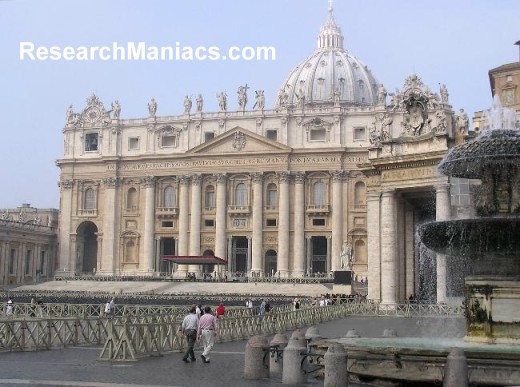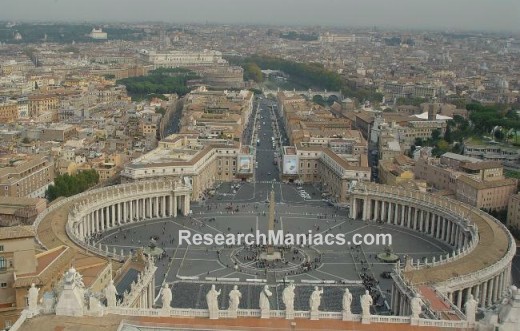Vatican City
Information about Vatican City
Popes in their secular role ruled portions of the Italian peninsula for more than a thousand years until the mid 19th century, when many of the Papal States were seized by the newly united Kingdom of Italy.
In 1870, the pope's holdings were further circumscribed when Rome itself was annexed.
Disputes between a series of "prisoner" popes and Italy were resolved in 1929 by three Lateran Treaties, which established the independent state of Vatican City and granted Roman Catholicism special status in Italy.
In 1984, a concordat between the Holy See and Italy modified certain of the earlier treaty provisions, including the primacy of Roman Catholicism as the Italian state religion.
Present concerns of the Holy See include religious freedom, international development, the environment, the Middle East, China, the decline of religion in Europe, terrorism, interreligious dialogue and reconciliation, and the application of church doctrine in an era of rapid change and globalization.
About 1 billion people worldwide profess the Catholic faith.

Above picture: The facade of St. Peter's Basilica as viewed from next to one of the two matching Bernini fountains that grace St. Peter's Square (Piazza) in front of the church. The attic or upper story displays statues of Christ, his apostles, and St. John the Baptist. Constructed over a period of 80 years and consecrated in 1626, the basilica is the largest Christian church in the world - capable of holding some 60,000 people.

Above picture: View of St. Peter's Square in the Vatican as seen from the top of St. Peter's Basilica.
|
|
|
|
|